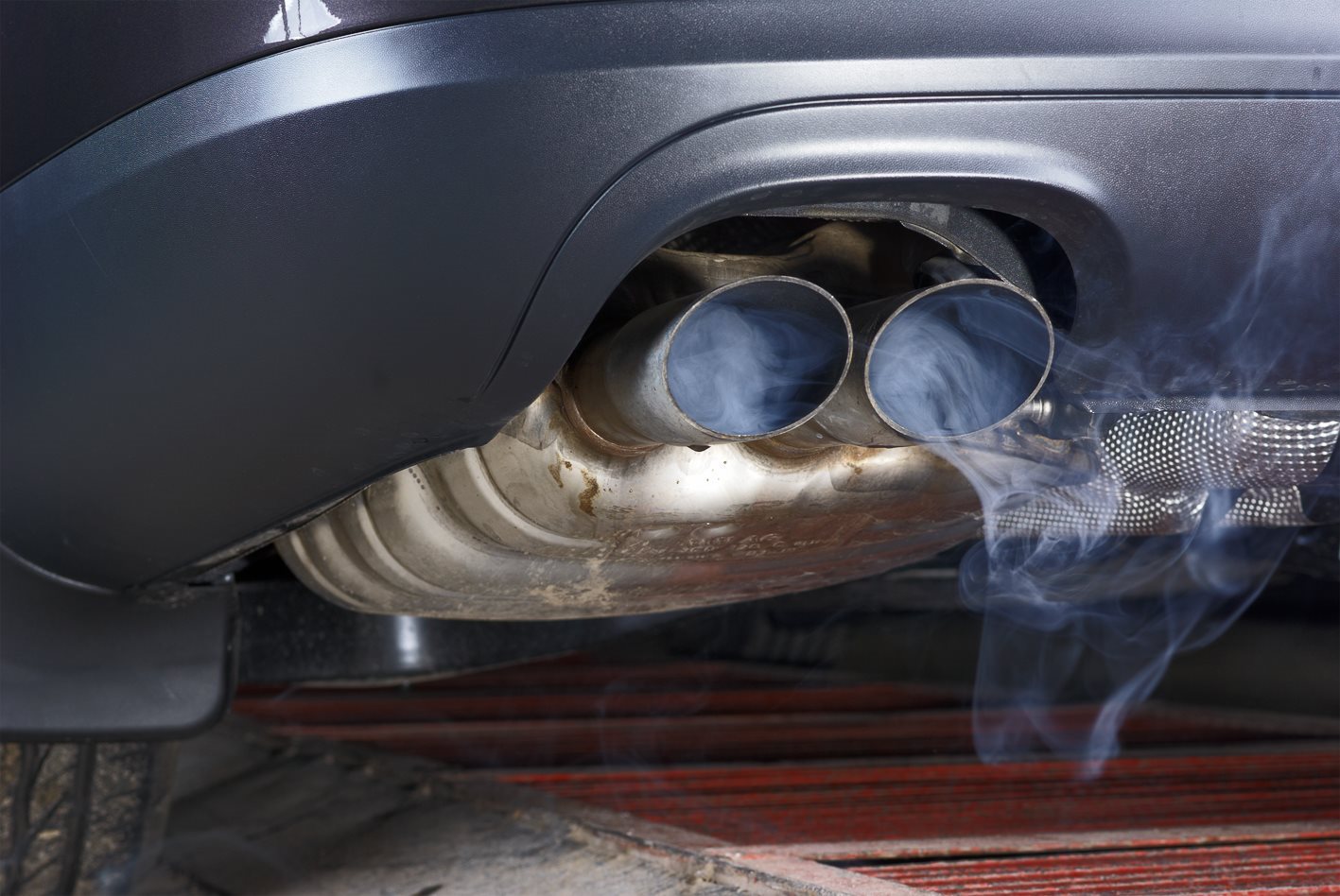Snapshot
- 12/39 passenger and light SUV brands nail target
- 9/26 heavy SUV and light commercial brands do too
- FCAI still wants Government to mandate targets
Only a third of carmakers selling vehicles in Australia hit their industry-led emissions targets last year, new figures released today have revealed.
On Tuesday, the Federal Chamber of Automotive Industries (FCAI) reported on how manufacturers performed against its new voluntary emissions standard in 2021, with results showing more still needs to be done.
Twelve out of 39 brands came in under their targets for passenger cars and light SUVs (MA category) last year – one less than did in 2020, but with some of the leading names changing over the course of the year.
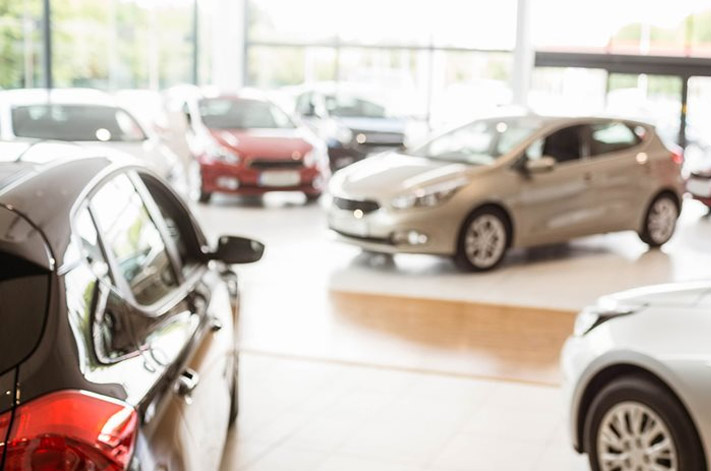
In the heavy SUV and light commercial class (MC + NA category), nine out of 26 carmakers smashed their targets the same number as in 2020 (though this was out of 25 as Holden has now been removed from the list).
However, manufacturers are also set an overall target of 150g CO2/km for the MA category and 193g CO2/km for the MC + NA. For this, 13 came in under the former and nine under the latter.
FCAI Chief Executive Tony Weber said despite many brands not meeting the overall target, the results are testimony to the wider commitment automotive manufacturers have to lower emissions in Australia’s transport sector.
“Globally automotive manufacturers continue to spend billions of dollars on reducing the environmental impact of their vehicles. In the absence of a federally-led emissions reduction target, FCAI members have signed up to this standard to support the introduction of the cleanest technologies to Australia’s roads,” he said.
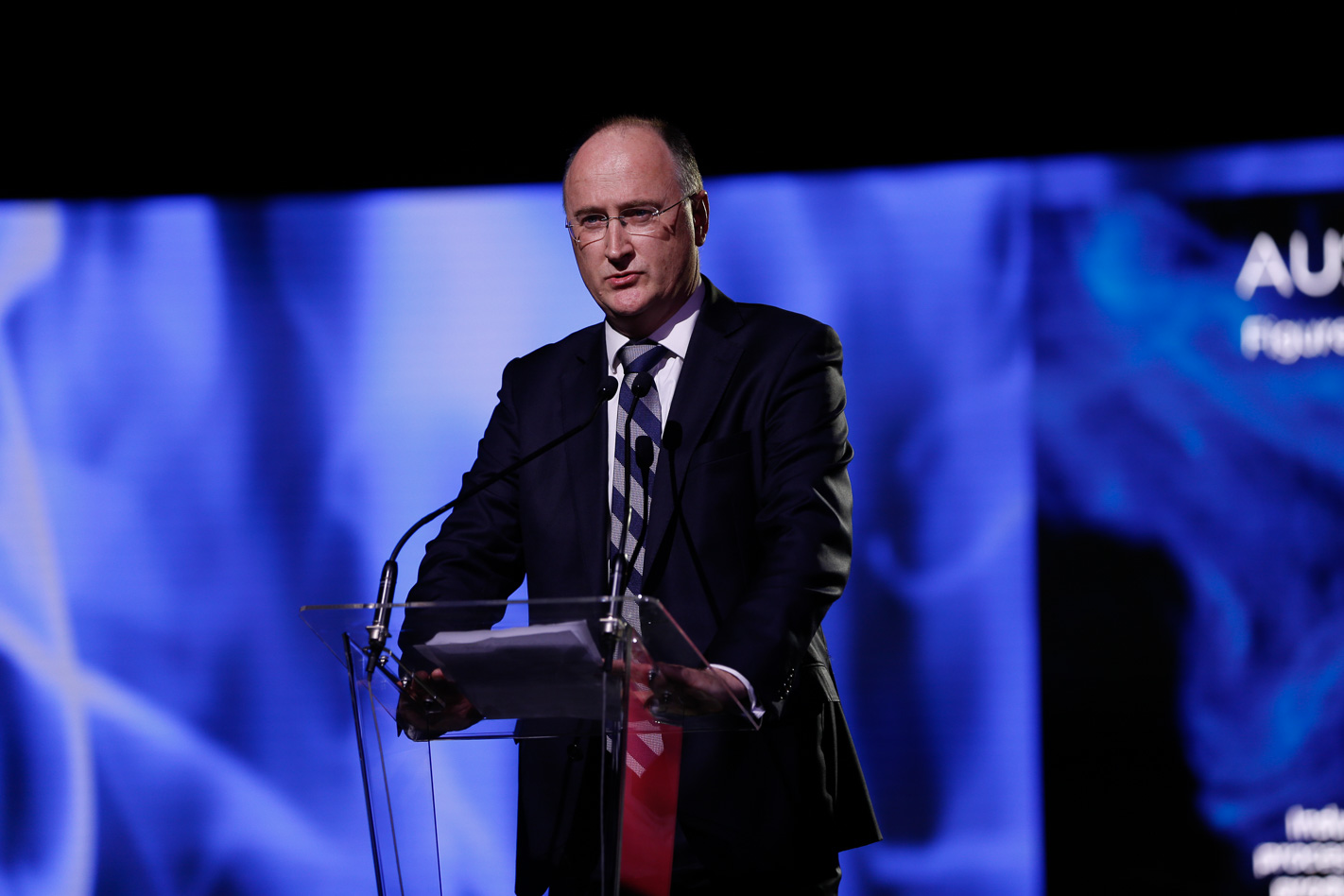
Last month, the Federal Chamber of Automotive Industries (FCAI) published its overall 2021 result for average emissions in Australia – with a result of 146.5g CO2/km for the MA category, and 212.5g CO2/km for the MC + NA category.
Though both figures represented a drop of 2.3 per cent and 2.5 per cent respectively, the latter’s fell short of its 193g CO2/km target – missing it by 19.5g and roughly 10 per cent.
In the MA category, Mercedes-Benz Vans came out in front with a drop of almost 66g CO2/km, closely followed by Toyota with a reduction of 55g due to its high number of hybrid models. Among the top performers were; Alfa Romeo, Audi, BMW, Jaguar, Lexus, Mercedes-Benz Cars, Porsche, Skoda, Volkswagen and Volvo Cars.
A spokesperson for Toyota said it’s result was made possible by a number of significant contributions to reduce its emissions in 2021, such as; the launch of its fuel-cell electric vehicle, the Mirai, and Lexus UX 300e fully-electric SUV, as well as the launch of its hybrid Kluger and opening of a hydrogen centre in Melbourne’s west.
“Toyota Australia delivered a record 69,095 fuel-efficient hybrid-electric vehicles last year, including 29.3 per cent of Toyota sales and 38.8 per cent of Lexus sales,” they added.
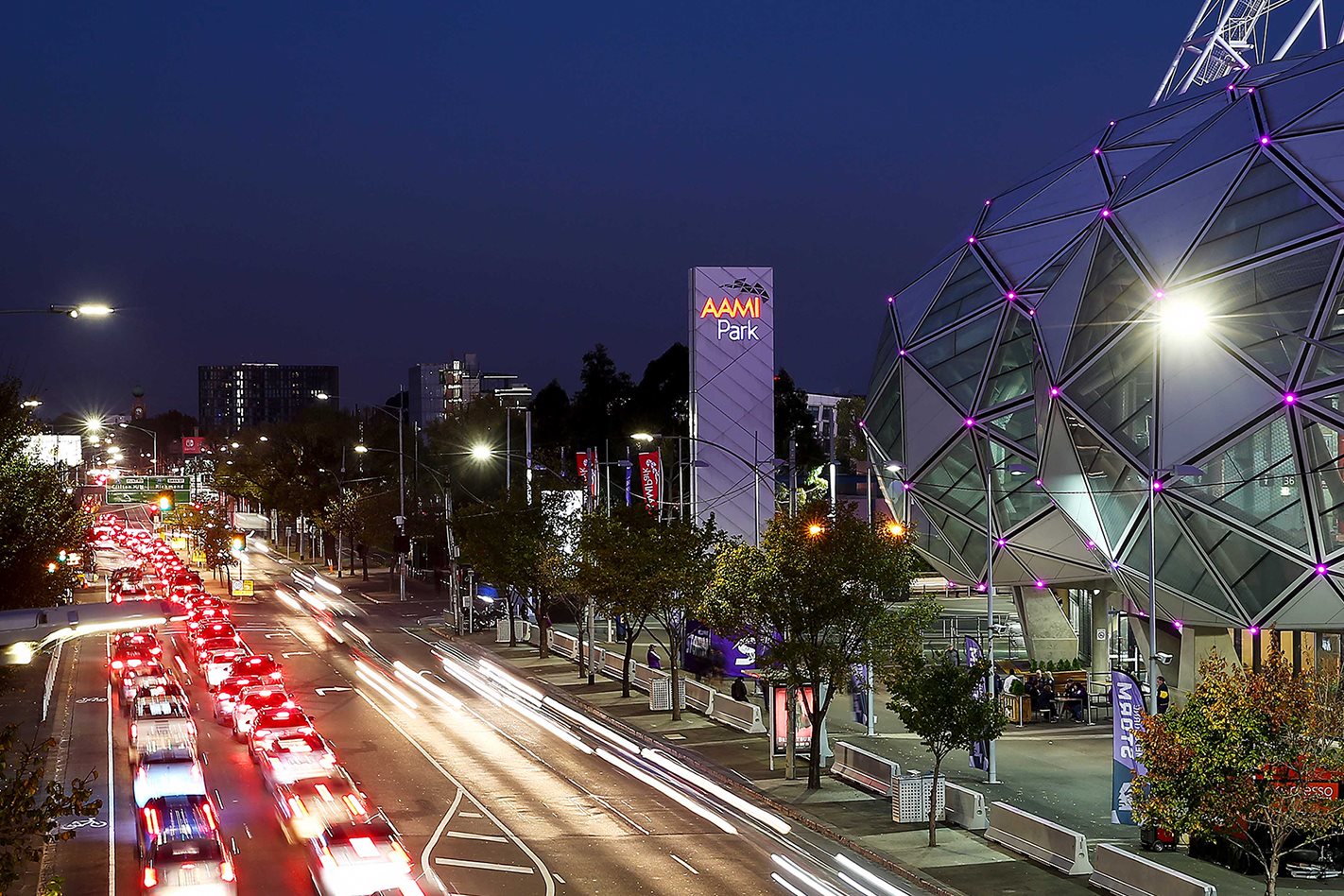
“Our vision and passion are further demonstrated by Toyota’s global commitments to reducing emissions through the significant development of innovative technology and by meeting the needs of Australian customers by offering a diverse portfolio of electrified powertrains.
“Toyota also supports the FCAI’s advocacy for the accelerated improvement of fuel quality standards in Australia – a move that would support the introduction of more efficient powertrains.”
Trailing at the back of the pack, perhaps unsurprisingly, were supercar makers Maserati, Ferrari and Lamborghini which were 47g, 92.5g and 151g above their individual targets.
US brand Chrysler posted the second largest result above its goal with 105.7g, however it is no longer bringing new vehicles to market following an exit from Australia late last year. Genesis and LDV too performed badly, each up 47g and 54.4g respectively above where they should be.
In the MC+NA class, just nine brands achieved their target in the larger vehicle category made up of 26 carmakers. They included; Audi, BMW, Land Rover, Mercedes-Vans, Peugeot, Porsche, Renault, Subaru and Volvo Cars.
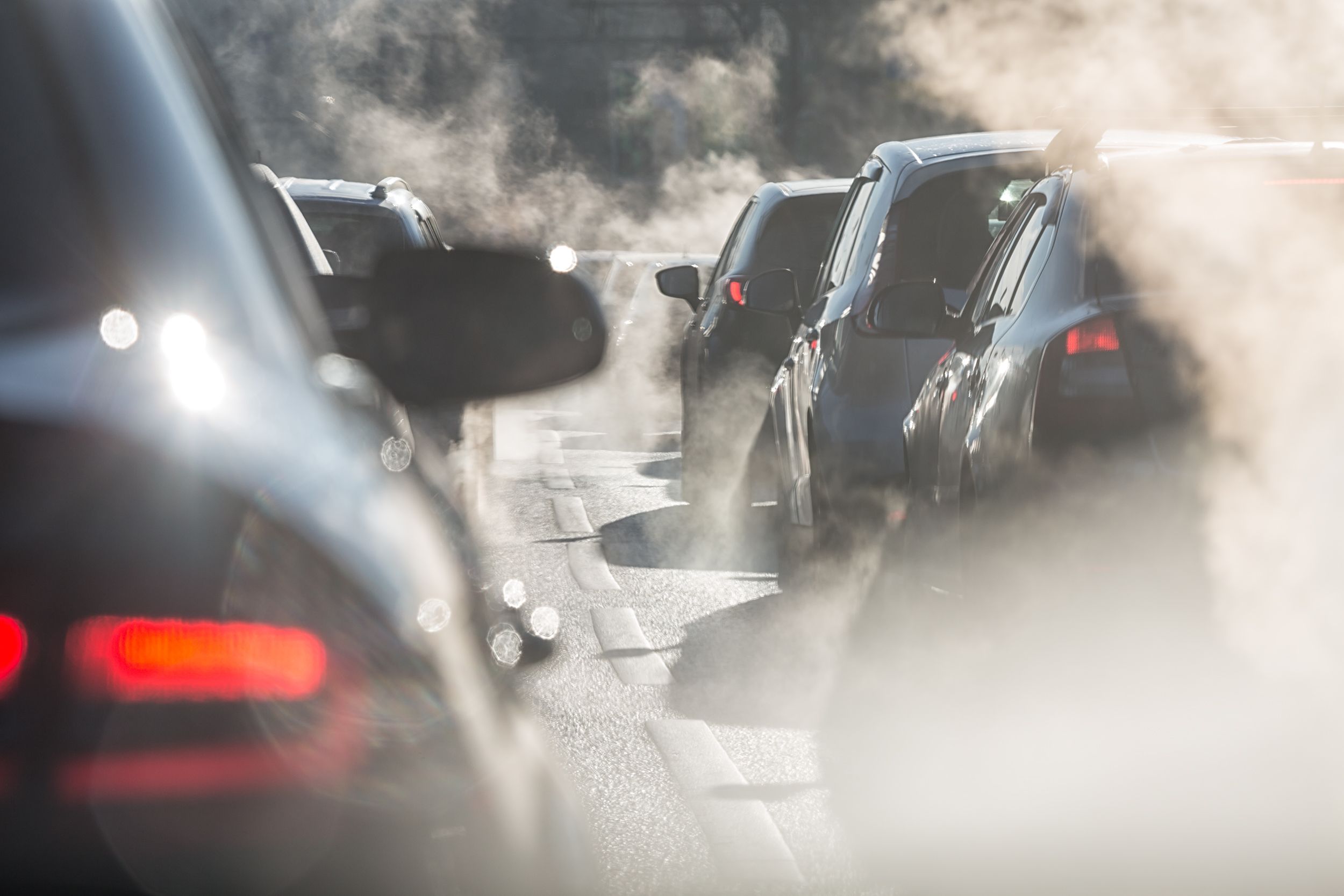
Commenting on its positive results, a spokesperson for Peugeot Citroën Australia told us: “Both Peugeot and Citroën remain committed to working towards reducing the CO2 emissions of our vehicles and offering zero or low-emission options to our customers. Globally, both Peugeot and Citroen will offer an electrified variant of all models by 2025.
“In Australia, we have taken the first steps on our electrification journey with the introduction of PHEV variants of the Peugeot 3008 and 508 earlier this year and are finalising our plans for the introduction of full electric vehicles to the Australian market.”
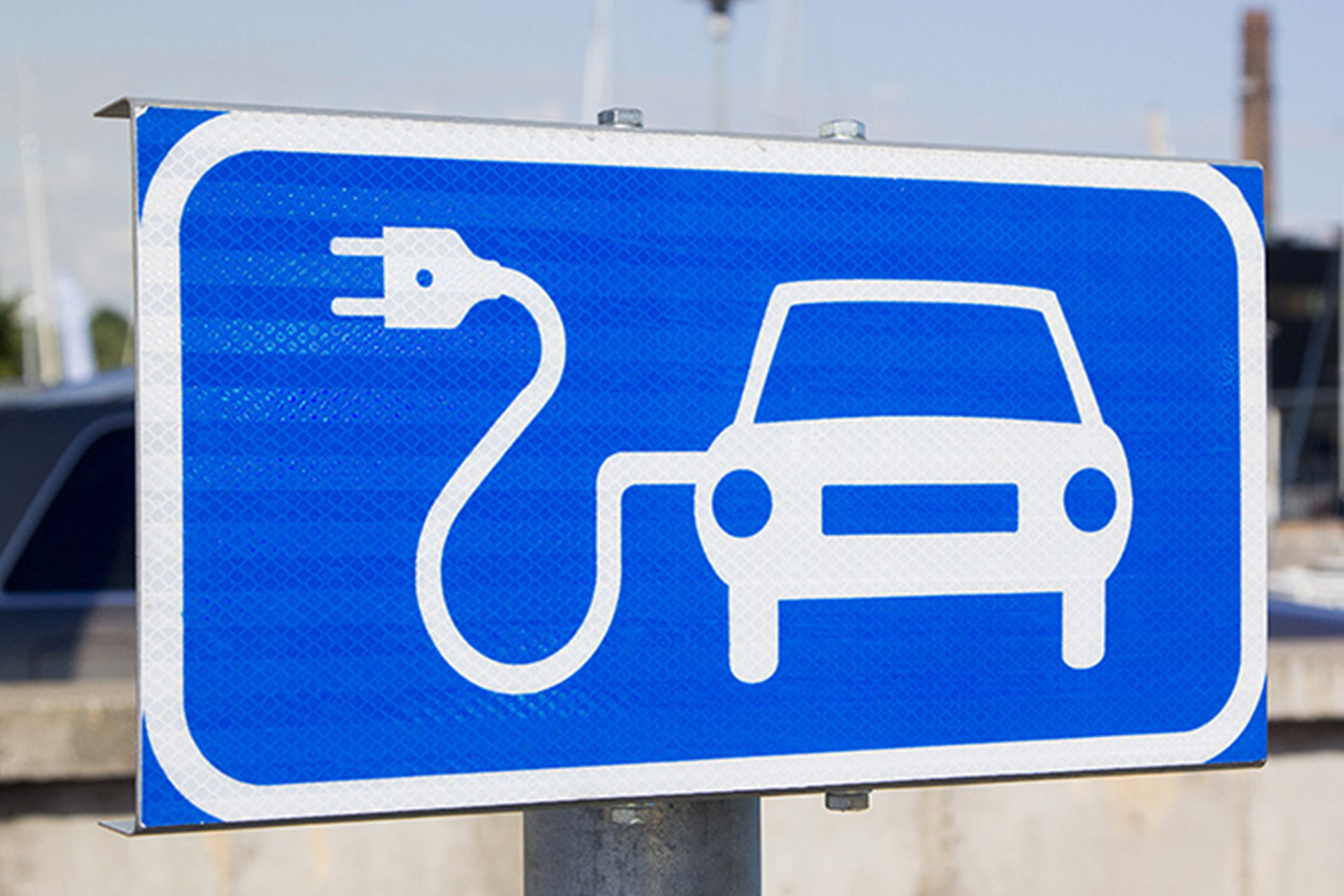
In April last year, the FCAI published its CO2 emissions results for the first time, providing an insight into how the Australian car industry is tracking towards its 2030 targets.
“We know pathways to our 2030 target will vary among manufacturers and is heavily impacted by model cycles. Individual brands may not achieve improvements each year and may not meet the annual industry target,” FCAI chief Weber added.
“Today’s results are important, but what really matters is our end result in 2030. Regardless of individual outcomes, all brands should be commended for voluntarily signing up to this standard. It is a commitment to achieve better outcomes for Australian motorists, carmakers and our environment.”
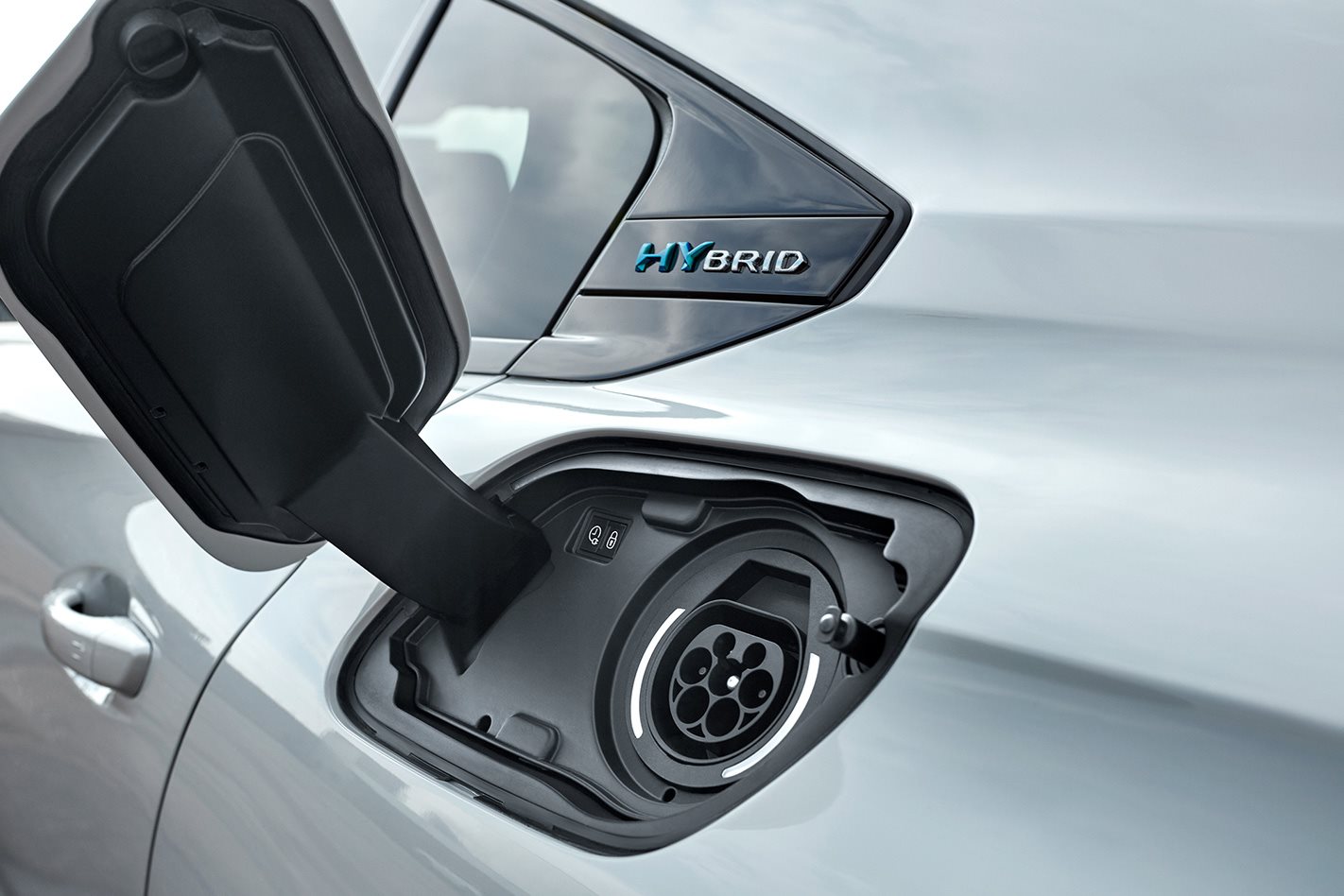
The MA outcome for the industry as a whole in 2020 was 150gCO2/km (grams of CO2 per kilometre travelled) and the result for the MC+NA category was 218gCO2/km.
Towards 2030, the industry is aiming for a four per cent annual reduction for MA and a three per cent annual reduction for MC+NA. The overall goal in 2030 is to have CO2 emissions under 100gCO2/km and for MA vehicles and MC+NA vehicles under 145gCO2/km.
According to the FCAI, the 2030 target will be reviewed later this year to assess whether it is still the best goal for the local industry to be aiming towards.
CO2 results are gathered using a sales-weighted average, jointly supplied by the FCAI and the car manufacturers themselves.
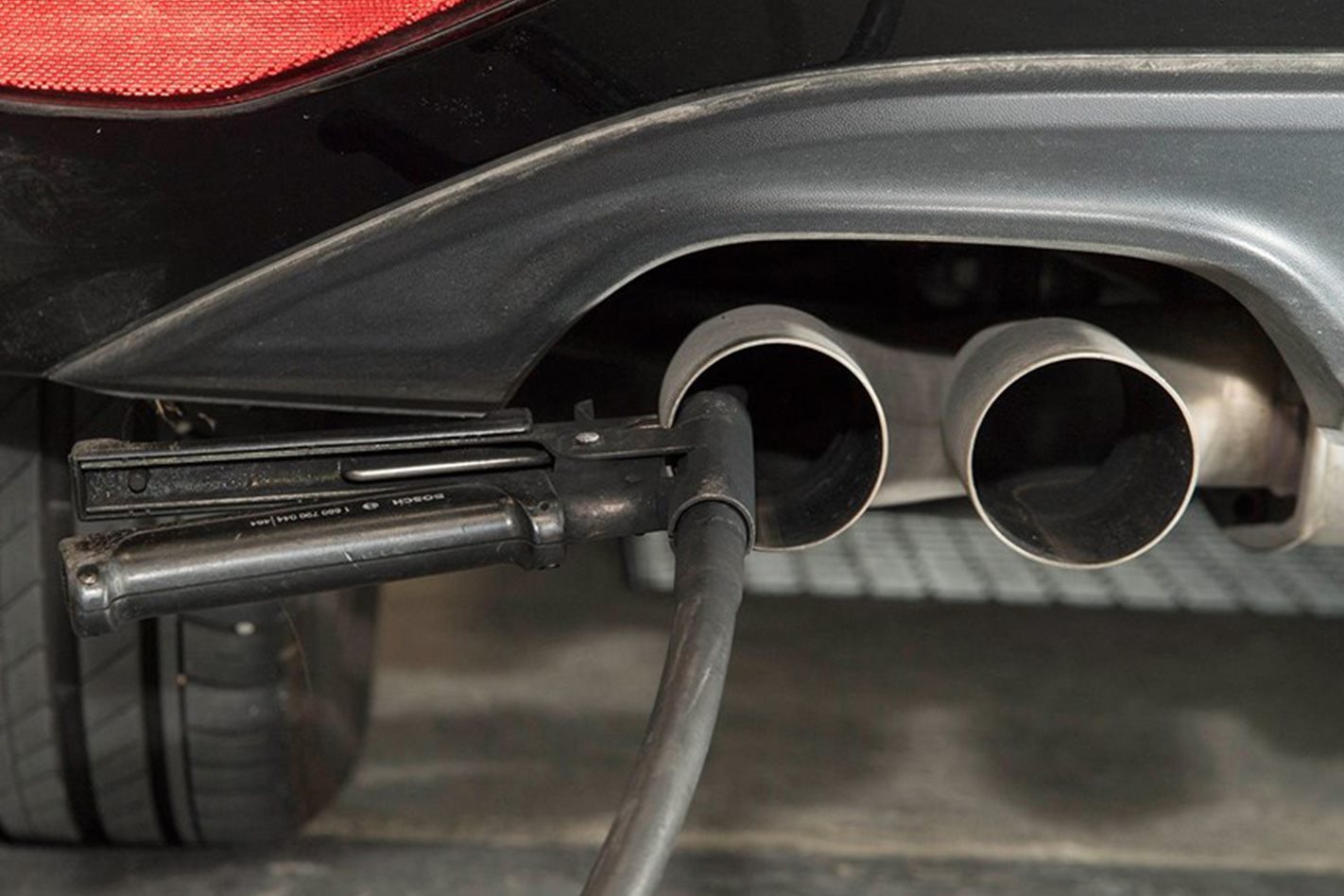
The industry-led scheme is designed to bring about more choice in the new car market. New, more fuel-efficient cars and more fuel-saving tech will become more commonplace in Australian car dealerships, or at least that’s the goal.
While there are no penalties for manufacturers which aren’t hitting their targets, the FCAI hopes that consumer choice directs carmakers to hit the new standard’s CO2 emissions targets.
The new reporting standard came about mid-way through 2020 after the FCAI pushed the government to implement such a scheme for years – and continues to do so. If the new incoming Government next month chose to adopt the FCAI’s standard and make it a legal requirement for carmakers, Weber told Wheels it could be brought in quickly.
The FCAI has implemented the standard in place of governmental regulation, and all manufacturers involved are committing of their own volition.
Weber points out several reasons why CO2 emissions goals have been spread out over the next 10 years – as opposed to yearly targets like those in Europe.
We recommend
-
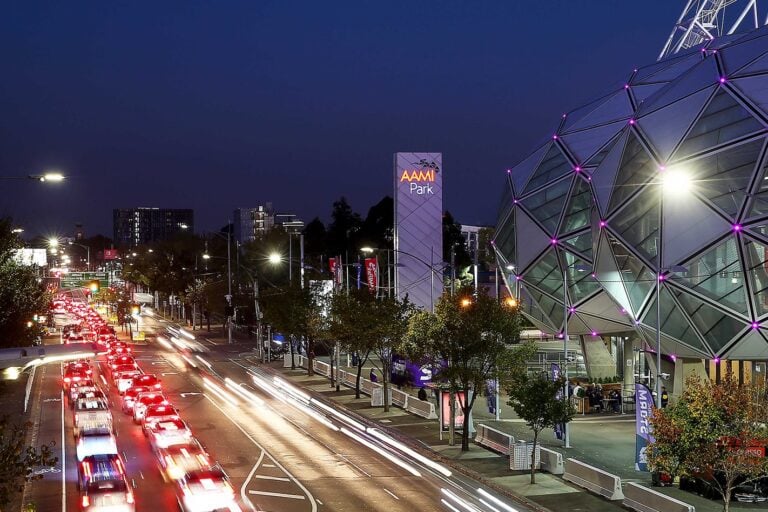 News
NewsAustralia: dumping ground for the world’s worst engines?
Real-world data points to our average emissions and fuel consumption increasing over past four years
-
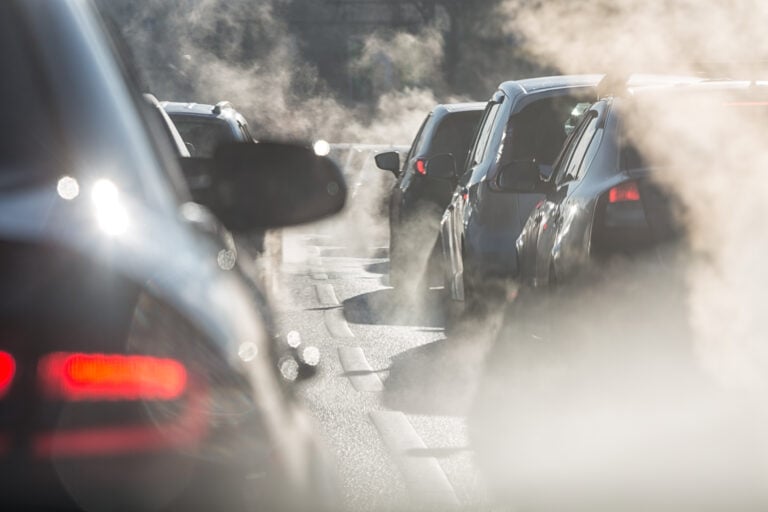 News
NewsNew vehicle emissions drop as peak bodies call for Government mandates
A small reduction in emissions year-on-year has been met with calls for greater action from the top
-
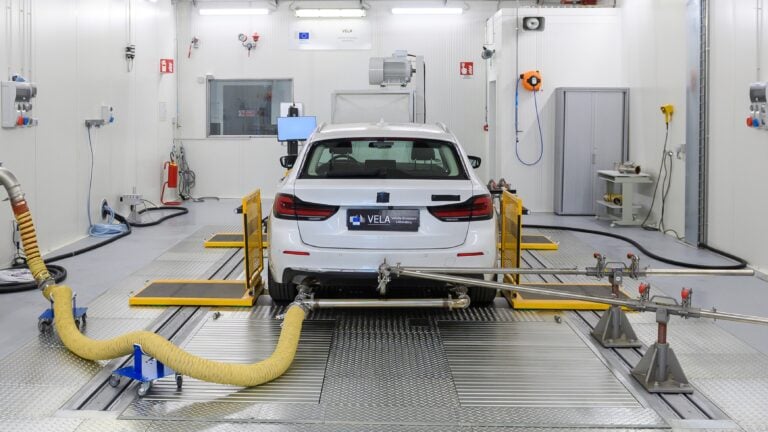 News
NewsEuropean Union expands emissions testing capacity
Two new emissions testing sites will be used to check new cars sold in Europe, in an effort to prevent another Dieselgate


